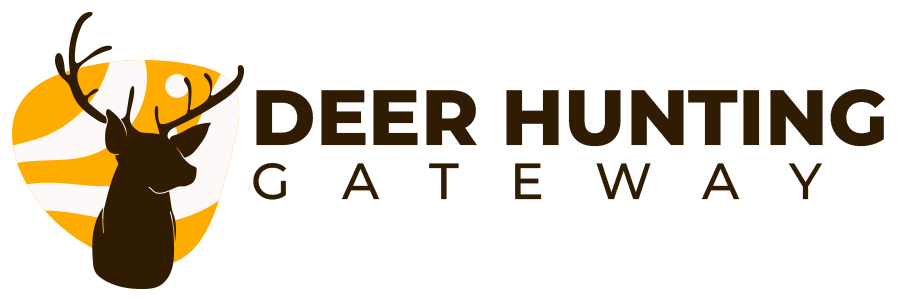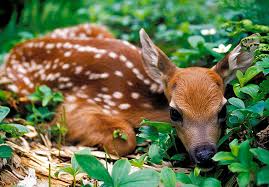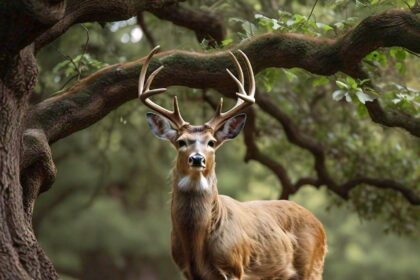Optimal fawn health is crucial for several reasons. For deer farmers, healthy fawns are the future of your deer herd therefore, ensuring their sustainability and genetic diversity is necessary.
Now pause for a minute, have you ever had sick fawns and wondered what you could have done differently to avoid them falling sick. Or perhaps thought “What should I feed my fawn for its health and growth?”
That is what this blog post is about. We’ll look into what makes up a fawn’s diet. Helping you keep your fawns healthy and strong.
Introduction to Deer Fawn Nutrition
Deer fawns are very fragile when they’re young therefore giving them the right food is key to their survival and growth. To achieve optimal fawn health, you’ll need to know the role colostrum, solid food and supplements play in the fawn’s diet.
The milk of a doe is called colostrum. Newborn deer fawns depend a lot on this milk,in the first days. Colostrum is full of antibodies and nutrients that help the fawn fight off diseases and grow strong. If fawns don’t get enough colostrum, they could get sick and may die.
As deer fawns get older, they start eating solid foods instead of just milk. This usually happens around two weeks old. You must ensure that you introduce solid foods at the right time to help them grow well.
Supplements can also be important for deer fawns, especially when food is hard to find or not good enough. The right mix of protein, energy, and other nutrients can help fawns grow strong and survive better.
Optimal Fawn Health: Foods Fawn Eat
Colostrum: A Vital Necessity
Colostrum is key for a deer fawn’s survival and health. It’s the first milk from the mother deer, full of antibodies, nutrients, and laxatives which are extremely vital in the first days of a fawn’s life.
People call colostrum “liquid gold” because it’s loaded with immunoglobulins that help build the fawn’s immune system. This protects it from diseases and infections.
Colostrum also gives the fawn the nutrients it needs for fast growth and development. Its laxative effects help with waste elimination, preventing constipation in newborns.
For fawns without mothers, getting colostrum is still crucial. In such instances, frozen colostrum from ewes or goats can be kept for later use. You can use these to feed vulnerable fawns in their first hours of life.
Looking after a fawn’s colostrum needs can be the difference between life and death early on. By knowing how vital colostrum is and acting on it, those who care for deer fawns can help them start strong and healthy.
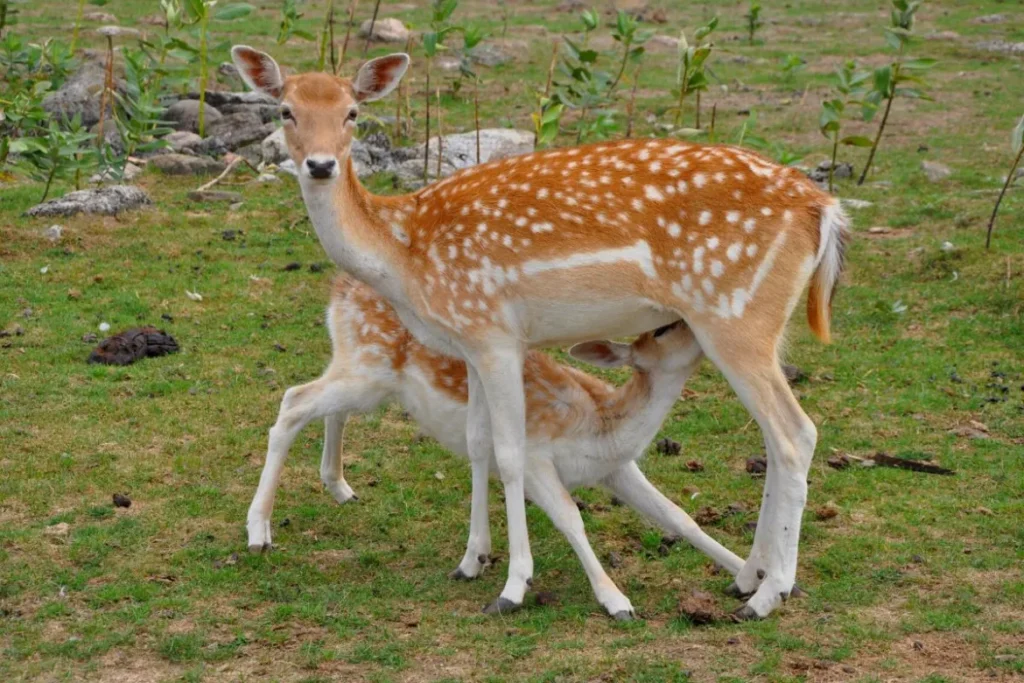
Solid Foods
Fawns typically start to eat solid food around 2-3 weeks of age, as they transition from relying solely on their mother’s milk. They nibble on grasses, leaves, and other vegetation in their environment.
Because of their specialized stomachs they can digest both milk and solid foods, which helps them adapt to their changing diet as they grow. Deer are selective browsers, so they will often try different types of plants to see what they like best.
The transition to solid food is a crucial step in a fawn’s development because it provides them with the nutrients they need to thrive in the wild.
It is interesting to note that fawns will continue to nurse from their mothers while supplementing their diet with solid food until they are weaned, which typically occurs around 2-4 months of age.
Supplements For Fawn Optimal Health
Supplements can be beneficial for deer to support their overall health and well-being, especially in cases where their natural diet may lack certain nutrients.
However, it’s important to be cautious and consult with a wildlife expert or veterinarian to ensure that the supplements are appropriate and safe for the specific needs of the fawns.
For a fawn supplement to be effective and ensure your fawns are healthy, they must contain a variety of minerals such as calcium, phosphorus, magnesium, Vitamin E, Vitamin D and protein.
You may consider these examples in certain situations:
- Milk Replacers: In cases where a fawn is orphaned or abandoned and cannot nurse from its mother, a milk replacer contains a balanced combination of proteins, fats, vitamins and minerals to mimic the composition of deer milk.
- Deer Pellets: Pellets are supplements designed to provide a balanced diet and may contain a mix of grains, protein sources, vitamins, and minerals.
- Mineral Blocks: Mineral blocks are typically made of a mix of minerals like calcium, phosphorus, and salt. To ensure fawn optimal health, they are necessary because they contain essential minerals that may be lacking in their natural diet.
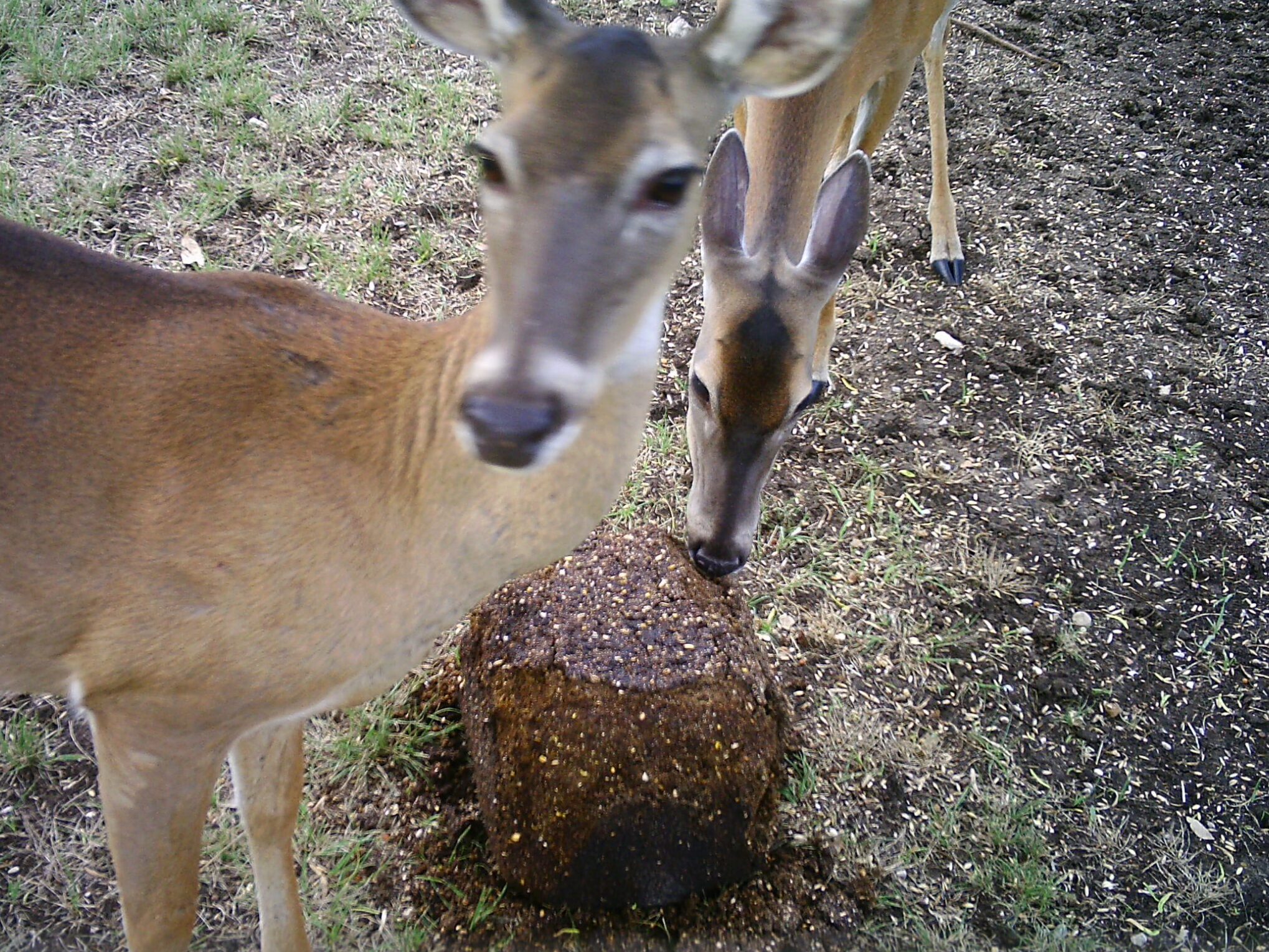
Fawn Foods: Understanding Nutrient Measurement
Deer Milk: Deer milk is special, with about 8.9% fat and 8.2% protein. In cases where you have to match deer milk, you should ensure fawn milk replacers have 30-35% protein and 30-35% fat. These levels are vital for fawns’ fast growth and development.
Generally, fawns are weaned at 10 to 12 weeks old when they eat starter feed well. In some cases, orphaned fawns are weaned between three to six months old. For any of these two classes, ensure they eat 2% or more of their body weight in starter feed at weaning.
Pellets: Feeding fawns pellets, especially high-protein pellets or a mix of corn and protein helps them grow and survive. They should eat 0.25 to 0.50 lbs daily. This plays a crucial role in the optimal fawn health.
When done rightly, fawns can grow into bigger, more productive deer, evidenced by their antler size, fawn production, or body size. Over time, fawns grow to produce healthier, stronger deer populations.
Planting Food Plots
Strategically planted food plots are great for deer fawns. They offer a mix of nutrients important for their growth and health.
For optimal fawn health, you need to consider making food plots with plants that have high protein, vitamins, and minerals.
Good choices include:
- Clover: It’s full of protein and calcium, helping with bone and muscle growth.
- Chicory: This plant is tasty and gives deer fawns vitamins A, C, and K.
- Brassicas: Like turnips, kale, and radishes, they’re full of nutrients and easy to digest.
- Grains: Corn and soybeans give fawns carbs and energy.
These plants are not only nutritious for deer fawns but tend to thrive in the same environments as deer, such as open areas with good drainage. This makes planning and keeping up with these food plots effective since deer easily have access to them.
Seasonal Nutritional Requirements To Obtain Optimal Fawn Health
Deer fawns have different nutritional needs throughout the year. These needs change based on growth, weather, and what resources are available.
To provide them with the right nutrients for each season, it’s important to know what they need. Let’s take a look at four different seasons.
Spring
In spring, fawns need a diet rich in protein. This helps them grow and supports their antlers. They look for plants that are full of protein, like fresh green leaves. It’s key to make sure they have access to these plants.
Summer
As summer comes, fawns still need a lot of protein to keep their energy up and stay healthy. They also need calcium and phosphorus for their bones. A balanced diet with different plants can help them get what they need.
Fall
In fall, fawns need more fats and carbs to get ready for the rut and winter. Foods like soybeans, corn, nuts, and acorns are good for them at this time.
Winter
During winter, fawns need carbs and fats to keep warm and healthy. They use their fat reserves and look for grains in fields. Adding the right foods to their diet can help them make it through the cold months.
Conclusion
Proper nutrition is key for deer fawns’ health and growth. While giving them the right mix of colostrum, milk replacer, and solid foods is important, you can also work with local wildlife experts and vets.
They can help you tailor your deer fawn nutrition, care, and feeding to your herd’s needs. Keep an eye on the seasons, check the body condition of your fawns regularly and adjust their feed as needed.
This way, you can be assured of optimal fawn health for a long time!
